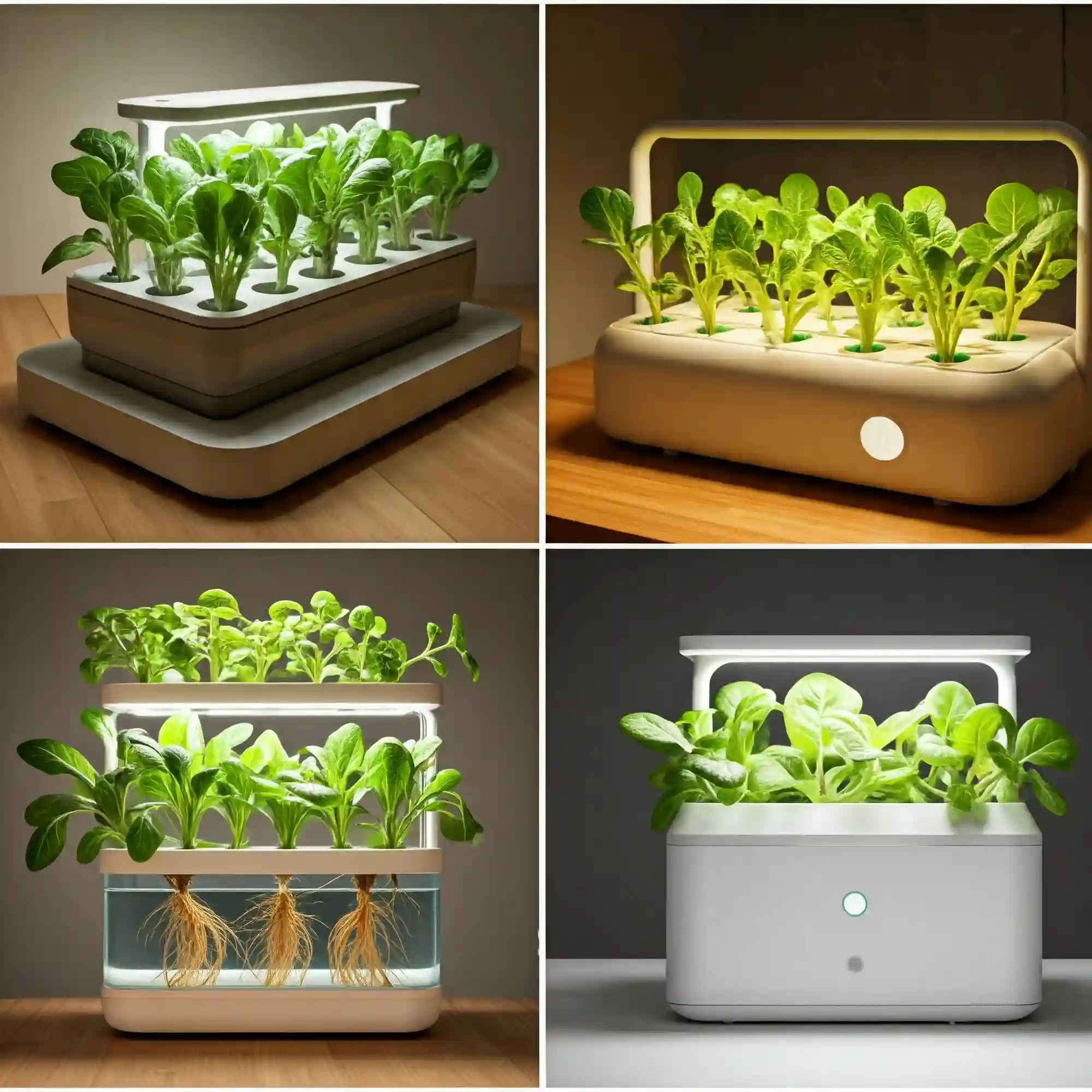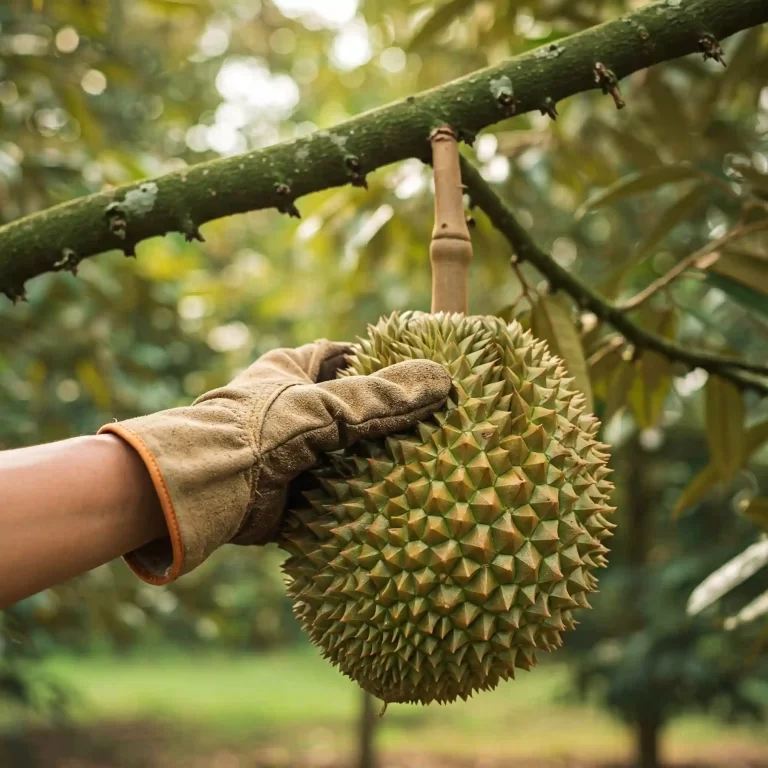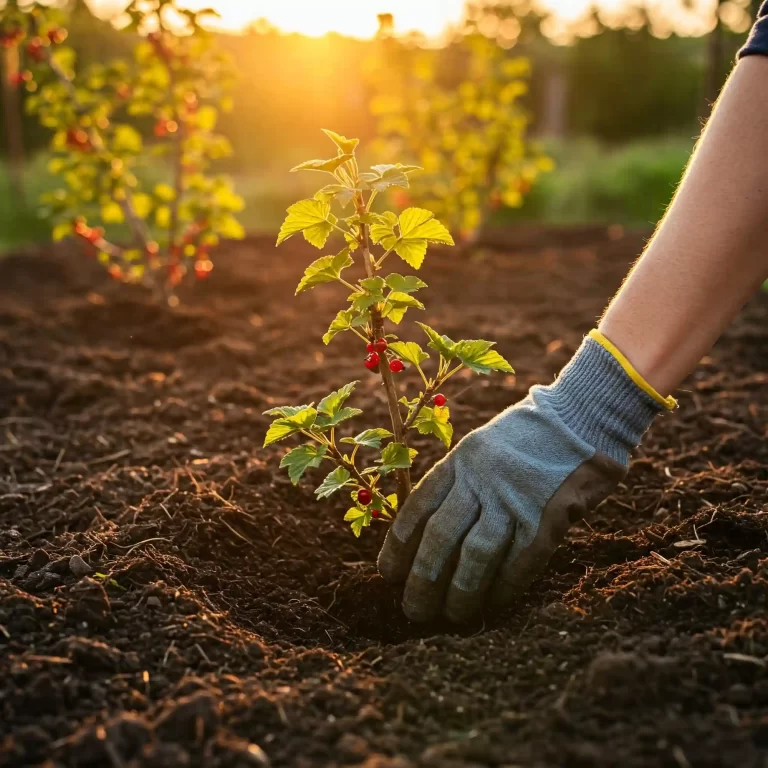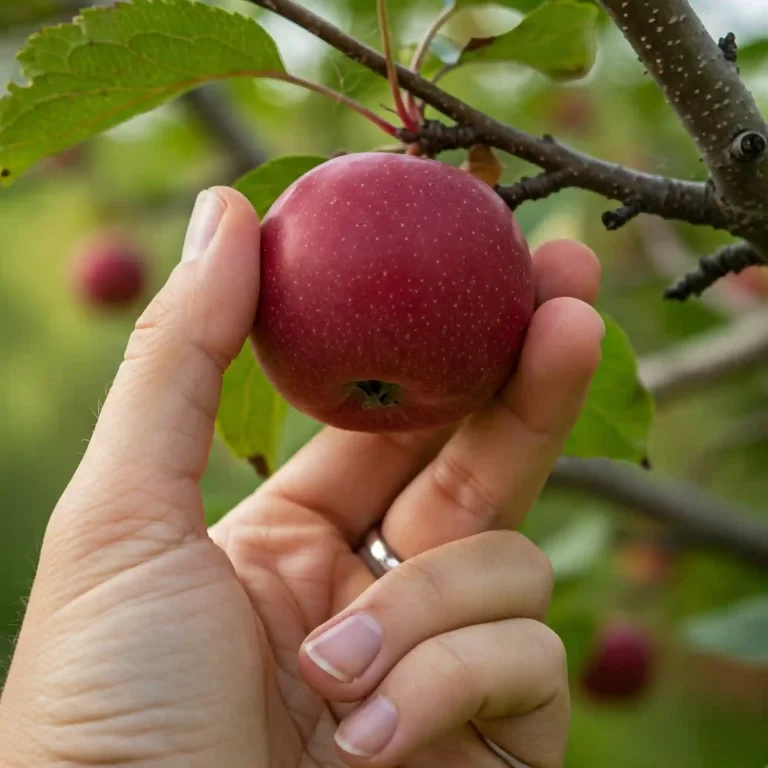Many urban dwellers and gardening enthusiasts face the challenge of limited outdoor space, making it difficult to cultivate a garden. This limitation can be frustrating for those who wish to grow their own herbs, vegetables, or flowers but lack the necessary space and conditions.
The desire to have fresh, home-grown produce often leads to disappointment when faced with the reality of small apartments or homes without gardens. Additionally, the lack of natural light and suitable growing conditions indoors can make traditional gardening methods impractical. This can leave aspiring gardeners feeling helpless and disconnected from the joy of nurturing plants.
Indoor gardening kits offer a practical and efficient solution to these problems. These kits are designed to fit into small spaces and provide the necessary tools and conditions for successful indoor gardening. With the right indoor gardening kit, anyone can enjoy the benefits of fresh, home-grown produce, regardless of their living situation.
What Are Indoor Gardening Kits?
Indoor gardening kits are comprehensive sets designed to facilitate the cultivation of plants within indoor environments. These kits typically include essential components such as grow lights, pots, seeds, and sometimes even nutrient solutions. They are tailored to create optimal growing conditions for a variety of plants, including herbs, vegetables, flowers, and more.
Components of Indoor Gardening Kits
- Grow Lights: These are artificial lights that mimic the natural sunlight required for photosynthesis. They are crucial for indoor gardening, especially in spaces with limited natural light.
- Pots and Containers: These are used to hold the soil and plants. They come in various sizes and materials, depending on the type of plants being grown.
- Seeds or Seedlings: Many kits include seeds or seedlings of popular indoor plants, making it easy to start gardening right away.
- Nutrient Solutions: Some kits, especially hydroponic ones, include nutrient solutions that provide essential minerals and nutrients to the plants.
- Timers and Controllers: These help automate the lighting and watering schedules, ensuring that plants receive consistent care.
Types of Indoor Gardening Kits
Indoor gardening kits come in various types, each suited to different gardening needs and preferences. Here are some common types:
- Hydroponic Systems: These kits use a soil-less method of growing plants, where nutrient-rich water is circulated around the plant roots. Hydroponic systems are known for their efficiency and faster growth rates.
- Soil-Based Kits: These kits use traditional soil as the growing medium. They are ideal for those who prefer a more conventional approach to gardening.
- Self-Watering Planters: These kits include planters with built-in reservoirs that automatically water the plants. They are perfect for busy individuals who may forget to water their plants regularly.
- Smart Garden Kits: These are high-tech kits that come with sensors and automated systems to monitor and adjust the growing conditions. They often connect to smartphone apps for easy management.
Benefits of Using Indoor Gardening Kits
Indoor gardening kits offer numerous benefits, making them an attractive option for both novice and experienced gardeners. Here are some key advantages:
- Convenience: Indoor gardening kits are designed to be user-friendly and require minimal setup. They come with everything needed to start gardening, making the process hassle-free.
- Year-Round Gardening: With indoor gardening kits, you can grow plants throughout the year, regardless of the weather outside. This is especially beneficial for those living in regions with harsh winters.
- Space-Saving: These kits are compact and can fit into small spaces, such as apartments or offices. They allow you to maximize your available space and create a green oasis indoors.
- Enhanced Control: Indoor gardening kits provide greater control over the growing conditions, such as light, temperature, and humidity. This ensures optimal growth and reduces the risk of pests and diseases.
- Fresh Produce: Growing your own herbs, vegetables, and fruits ensures that you have access to fresh, organic produce. This can lead to healthier eating habits and reduce reliance on store-bought produce.
How to Choose the Best Indoor Gardening Kit
Choosing the right indoor gardening kit depends on several factors, including your space, budget, and gardening goals. Here are some tips to help you make an informed decision:
- Assess Your Space: Consider the amount of space you have available for indoor gardening. Measure the area where you plan to place the kit and choose a size that fits comfortably.
- Determine Your Budget: Indoor gardening kits come in a wide range of prices. Set a budget and look for kits that offer the best value for your money. Keep in mind that higher-priced kits often come with more advanced features.
- Identify Your Gardening Goals: Think about what you want to grow and your level of experience. Some kits are better suited for beginners, while others are designed for more advanced gardeners. Choose a kit that aligns with your goals and skill level.
- Compare Features: Look for features that are important to you, such as grow lights, automatic watering systems, and smart technology. Compare different kits to find one that meets your needs.
- Read Reviews: Check online reviews and ratings from other users. This can provide valuable insights into the performance and reliability of different kits.
Top 15 Indoor Gardening Kits for Every Home Gardener
1. AeroGarden Harvest
Features:
- Compact design suitable for small spaces.
- Includes LED grow lights with adjustable height.
- Comes with a variety of herb seed pods.
- Automatic lighting and watering system.
Pros:
- Easy to set up and use.
- Ideal for growing herbs and small vegetables.
- Energy-efficient LED lights.
Cons:
- Limited to six plants at a time.
- Higher initial cost compared to some other kits.
2. Click and Grow Smart Garden 3
Features:
- Smart soil technology that automatically adjusts pH levels.
- Energy-efficient LED grow lights.
- Includes three plant pods with a variety of herbs.
- Compact and stylish design.
Pros:
- Low maintenance and easy to use.
- Ideal for beginners.
- Sleek and modern appearance.
Cons:
- Limited to three plants at a time.
- Replacement plant pods can be expensive.
3. iDOO Hydroponics Growing System
Features:
- Hydroponic system with 12 plant sites.
- Adjustable LED grow lights with multiple modes.
- Built-in water circulation system.
- Includes nutrient solution and seed pods.
Pros:
- Supports a larger number of plants.
- Faster growth rates with hydroponic technology.
- Customizable light settings.
Cons:
- Requires regular monitoring of water and nutrient levels.
- Larger footprint compared to some other kits.
4. Gardyn Home Kit
Features:
- Vertical design with 30 plant sites.
- Smart technology with app connectivity.
- Includes LED grow lights and automated watering system.
- Comes with a variety of plant pods.
Pros:
- Space-saving vertical design.
- Advanced smart features for easy management.
- Supports a wide variety of plants.
Cons:
- Higher initial cost.
- Requires a stable internet connection for smart features.
5. Rise Gardens Personal Garden
Features:
- Modular design with expandable options.
- Includes LED grow lights and automated watering system.
- Smart technology with app connectivity.
- Comes with a variety of plant pods.
Pros:
- Customizable and expandable design.
- Easy to use with smart features.
- Supports a wide variety of plants.
Cons:
- Higher initial cost.
- Requires regular maintenance and monitoring.
How to Set Up Your Indoor Gardening Kit
Setting up an indoor gardening kit can be a straightforward process if you follow the right steps. Here’s a step-by-step guide to help you get started:
- Choose the Right Location: Select a spot in your home that receives adequate light and has enough space for your kit. Avoid placing it near heat sources or drafty areas.
- Assemble the Kit: Follow the manufacturer’s instructions to assemble the components of your kit. This may include setting up the grow lights, pots, and any other accessories.
- Prepare the Growing Medium: Depending on the type of kit, you may need to prepare the soil or nutrient solution. Ensure that the growing medium is properly mixed and ready for planting.
- Plant the Seeds or Seedlings: Place the seeds or seedlings into the pots or growing medium. Follow the instructions for planting depth and spacing.
- Set Up the Lighting and Watering System: Adjust the grow lights to the appropriate height and set up the watering system. If your kit includes a timer, program it to provide consistent light and water to your plants.
- Monitor and Adjust: Regularly check the moisture levels, light intensity, and overall health of your plants. Make any necessary adjustments to ensure optimal growing conditions.
Tips for Optimal Placement and Lighting
- Light Intensity: Ensure that the grow lights provide sufficient intensity for the type of plants you are growing. Most indoor plants require at least 12-16 hours of light per day.
- Distance from Plants: Adjust the height of the grow lights to maintain the recommended distance from the plant canopy. Too close, and the plants may get burned; too far, and they may not receive enough light.
- Rotation: Rotate the plants periodically to ensure even light distribution and prevent uneven growth.
Tips for Maintaining Your Indoor Garden
Maintaining an indoor garden requires regular care and attention. Here are some tips to help you keep your indoor garden thriving:
- Watering: Follow a consistent watering schedule based on the needs of your plants. Overwatering can lead to root rot, while underwatering can cause wilting and stunted growth. Use a moisture meter to check the soil moisture levels and water accordingly.
- Feeding: Provide your plants with the necessary nutrients by using a balanced fertilizer. Follow the instructions on the fertilizer package for the correct dosage and frequency. For hydroponic systems, ensure that the nutrient solution is properly mixed and replenished as needed.
- Pruning: Regularly prune your plants to remove dead or yellowing leaves and encourage healthy growth. Pruning also helps improve air circulation and prevents the spread of diseases.
- Pest Control: Keep an eye out for common indoor plant pests such as aphids, spider mites, and whiteflies. Use natural pest control methods, such as neem oil or insecticidal soap, to manage infestations. Ensure that your indoor garden is clean and free of debris to reduce the risk of pests.
- Monitoring: Regularly inspect your plants for signs of stress, disease, or nutrient deficiencies. Look for symptoms such as yellowing leaves, stunted growth, or spots on the leaves. Address any issues promptly to prevent them from spreading.
- Lighting Adjustments: As your plants grow, adjust the height of the grow lights to maintain the recommended distance from the plant canopy. This ensures that the plants receive adequate light without being burned.
- Humidity and Temperature: Maintain optimal humidity and temperature levels for your indoor garden. Most indoor plants thrive in humidity levels between 40-60% and temperatures between 65-75°F (18-24°C). Use a humidifier or dehumidifier if necessary to maintain the ideal conditions.
Common Mistakes to Avoid with Indoor Gardening Kits
Even with the best indoor gardening kits, mistakes can happen. Here are some common pitfalls to avoid:
- Overwatering: One of the most common mistakes is overwatering. Too much water can lead to root rot and other issues. Always check the soil moisture before watering and ensure proper drainage.
- Incorrect Light Placement: Placing grow lights too close or too far from the plants can hinder their growth. Follow the manufacturer’s recommendations for light placement and adjust as needed.
- Neglecting Maintenance: Regular maintenance is crucial for a thriving indoor garden. Neglecting tasks such as pruning, feeding, and pest control can lead to poor plant health and reduced yields.
- Ignoring Plant Needs: Different plants have different requirements for light, water, and nutrients. Research the specific needs of the plants you are growing and tailor your care routine accordingly.
- Using Poor Quality Seeds: Starting with high-quality seeds or seedlings is essential for a successful indoor garden. Avoid using old or poor-quality seeds, as they may have low germination rates and produce weak plants.
- Overcrowding: Planting too many seeds or seedlings in a small space can lead to overcrowding, which can stunt growth and increase the risk of disease. Follow the recommended spacing guidelines for each plant.
- Inconsistent Care: Consistency is key when it comes to indoor gardening. Stick to a regular care routine and monitor your plants closely to ensure they receive the attention they need.
Frequently Asked Questions (FAQs)
What are the best indoor gardening kits for beginners?
- For beginners, kits like the AeroGarden Harvest and Click and Grow Smart Garden 3 are excellent choices. They are easy to set up and come with user-friendly features that make indoor gardening accessible to everyone.
How much does an indoor gardening kit cost?
- The cost of indoor gardening kits can vary widely, ranging from $50 to over $500, depending on the features and size of the kit. Basic kits are more affordable, while advanced kits with smart technology and larger capacities tend to be more expensive.
Can I grow vegetables indoors year-round?
- Yes, with the right indoor gardening kit, you can grow vegetables year-round. Kits with grow lights and automated systems provide the necessary conditions for continuous growth, regardless of the season.
What are the easiest plants to grow indoors?
- Some of the easiest plants to grow indoors include herbs (such as basil, mint, and parsley), leafy greens (such as lettuce and spinach), and small vegetables (such as cherry tomatoes and peppers). These plants are well-suited to indoor conditions and require minimal care.
Do indoor gardening kits require a lot of maintenance?
- Indoor gardening kits are designed to be low-maintenance. However, regular tasks such as watering, feeding, pruning, and monitoring are still necessary to ensure healthy plant growth. Automated systems can help reduce the amount of manual maintenance required.
How do I prevent pests in my indoor garden?
- To prevent pests, keep your indoor garden clean and free of debris. Regularly inspect your plants for signs of pests and use natural pest control methods if needed. Maintaining optimal humidity and temperature levels can also help deter pests.
Are hydroponic systems better than soil-based kits?
- Both hydroponic systems and soil-based kits have their advantages. Hydroponic systems often result in faster growth and higher yields, while soil-based kits provide a more traditional gardening experience. The choice depends on your preferences and gardening goals.
What kind of lighting do indoor gardens need?
- Indoor gardens typically require full-spectrum LED grow lights that mimic natural sunlight. These lights should provide the necessary intensity and duration of light for the specific plants you are growing. Most indoor plants need 12-16 hours of light per day.
Can I use regular seeds in an indoor gardening kit?
- Yes, you can use regular seeds in an indoor gardening kit. However, it’s important to choose seeds that are well-suited to indoor growing conditions. Some kits come with pre-seeded pods, but you can also purchase seeds separately and plant them in the kit.
How do I know when to water my indoor plants?
- The best way to determine when to water your indoor plants is to check the soil moisture. Use a moisture meter or simply stick your finger into the soil to see if it feels dry. Water the plants when the top inch of soil is dry to the touch.
Conclusion
Indoor gardening kits offer a convenient and efficient way to grow fresh herbs, vegetables, and flowers in the comfort of your home. Whether you’re a beginner or an experienced gardener, these kits provide the tools and conditions needed for successful indoor gardening. By choosing the right kit, setting it up properly, and maintaining your indoor garden, you can enjoy the benefits of home-grown produce year-round. Explore the recommended kits and start your indoor gardening journey today!




